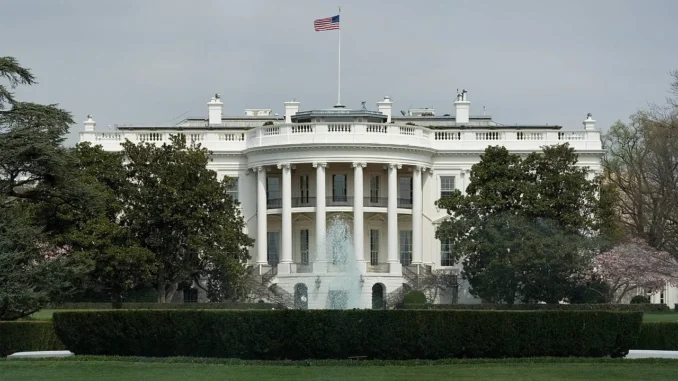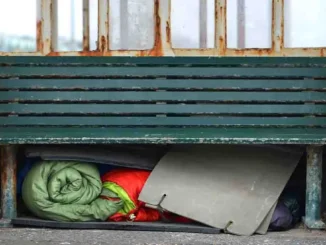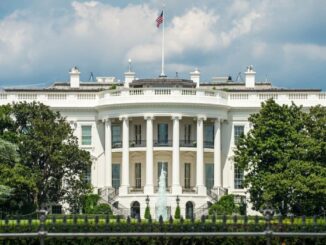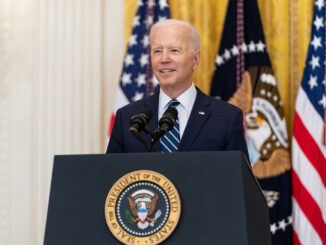
The White House and the U.S. Department of Housing and Urban Development (HUD) announced today the launch of a new inter-agency initiative to encourage more property conversions of commercial buildings into residential units.
The goal: creating more affordable housing.
The effort will use $10 billion of Community Development Block Grant (CDBG) funding to boost the housing supply, including acquisition, rehabilitation and commercial-to-residential property conversions.
States and other localities can access as much as five times their annual CDBG allocation in low-cost loan guarantees. The allowance is intended to fund projects such as conversions to housing or other mixed-use developments.
The White House also released a guidebook developed in an inter-agency partnership, including HUD, designed to “help communities and housing providers identify federal resources” to finance similar projects, HUD said.
“Addressing the affordable housing crisis requires an all-of-the-above approach,” said HUD Secretary Marcia Fudge in a statement. “The White House guidebook on commercial-to-residential conversions and the updated CDBG notice are just a few of the steps that HUD is taking to help our state and local partners to boost supply.”
The U.S. Department of Transportation (USDOT) is also involved in the effort since consideration of where to develop conversions can include buildings in areas with public transit routes.
“These downtowns and central business districts that we’re talking about today are often already designed and oriented around public transit, which makes them a good fit for our departments to help to support,” said Transportation Secretary Pete Buttigieg on a call with reporters.
He continued, “And through President Biden’s infrastructure package, in the last two years, we have been able to expand programs that help communities build more housing and other services near transit in what is called transit-oriented development or TOD.”
These inter-agency efforts will help expand the existing programs to create new affordable housing units near public transit lines, Buttigieg said.
The initiative also considers climate change impacts, with White House guidance, including information provided by the U.S. Department of Energy. The aim is to help developers better understand how to reach a zero-emission goal through a property conversion. Buttigieg noted that these property conversions can reduce fuel emissions.
HUD also released a new edition of its “Evidence Matters” publication dedicated to commercial-to-residential conversions. The Department recently closed a notice of funding opportunity that will provide “additional research funding to develop case studies that can serve as road maps for localities interested in pursuing conversion projects.” Recipients will be named soon.
“HUD is hard at work listening to stakeholders and exploring solutions that will help expand and preserve housing supply in the country,” said HUD Deputy Secretary Adrianne Todman. “With a shortage of millions of homes nationwide, we need to utilize every resource at our disposal to increase housing supply.”



